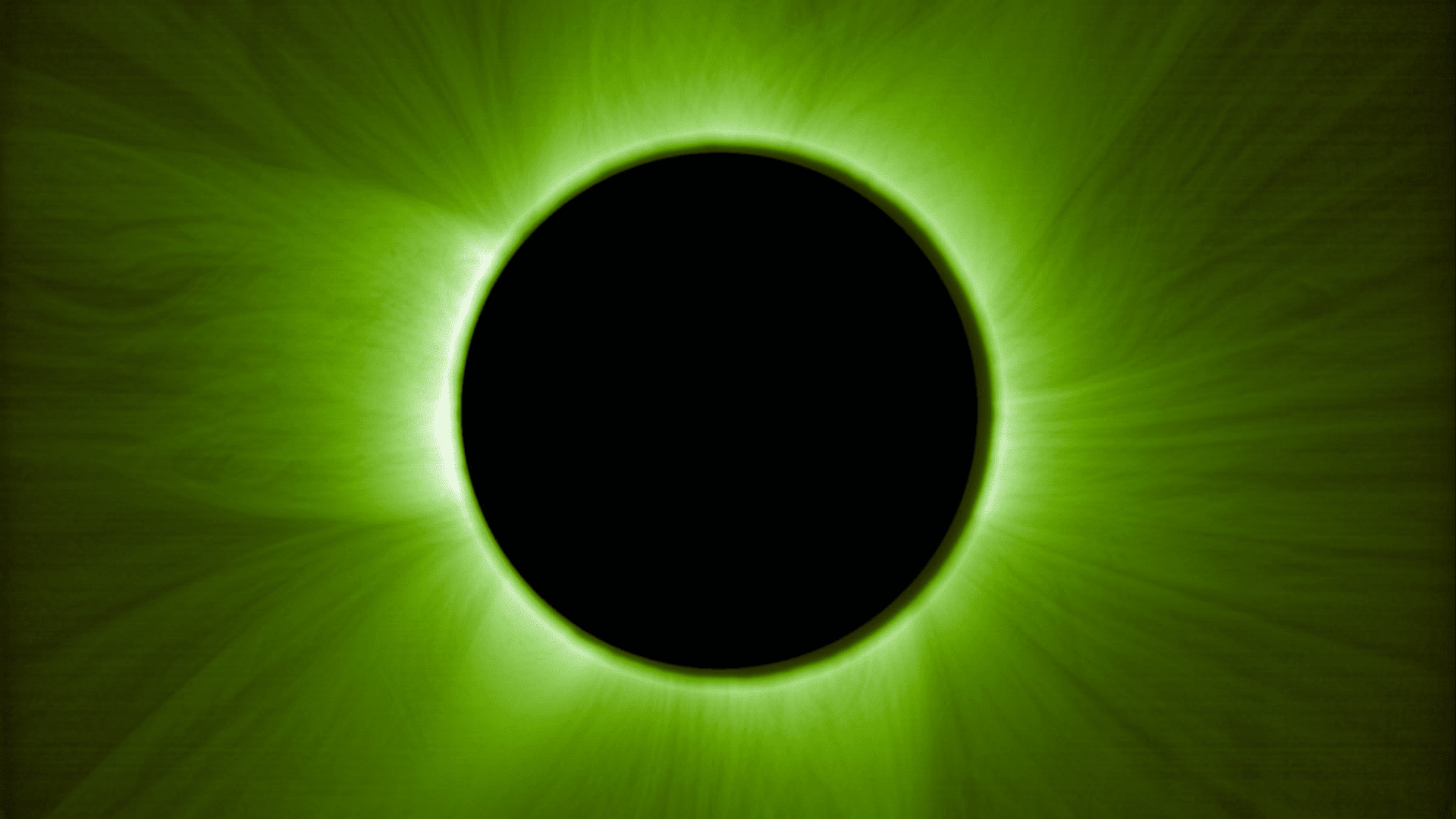Two European satellites have created the first artificial solar eclipses by flying in a specific formation, resulting in hours of on-demand totality for scientists. The photos of the artificial eclipse were recently released at the Paris Air Show by the European Space Agency.
Artificial Solar Eclipses

Originally launched late last year, the pair of satellites has simulated solar eclipses since March 2025 from tens of thousands of miles above Earth.
The duo flies 492 feet apart as one satellite blocks the sun like the moon during a natural eclipse, while the other targets the corona or the sun’s outer atmosphere that forms a halo of light. The maneuver requires extreme precision and flying accuracy that needs to be within one millimeter.
The cube-shaped spacecrafts, which are less than 5 feet in size, achieve this intricate positioning autonomously through star trackers, lasers, GPS navigation, and radio links. The mission has generated 10 successful solar eclipses thus far.
According to the Royal Observatory of Belgium’s Andrei Zhukov, the lead scientist for the orbiting corona-observing telescope, the longest artificial solar eclipse has lasted five hours. He and his team are reportedly aiming for six hours of totality per eclipse beginning in July, which will allow scientists to observe the corona without the need for special image processing.
According to AP News, Zhukov predicts an average of two solar eclipses per week. This will result in nearly 200 eclipses during the two-year mission, or more than 1,000 hours of totality. This mission has a lot of potential to yield crucial data about the sun because, unlike previous missions, the sun-shrouding disk and telescope are on two different satellites and stationed far apart.
Because the two entities are separate, scientists can get a better look at the part of the corona closest to the limb of the sun.
“We are extremely satisfied by the quality of these images, and again this is really thanks to formation flying,” with unprecedented accuracy, ESA’s mission manager Damien Galano said from the Paris Air Show.



